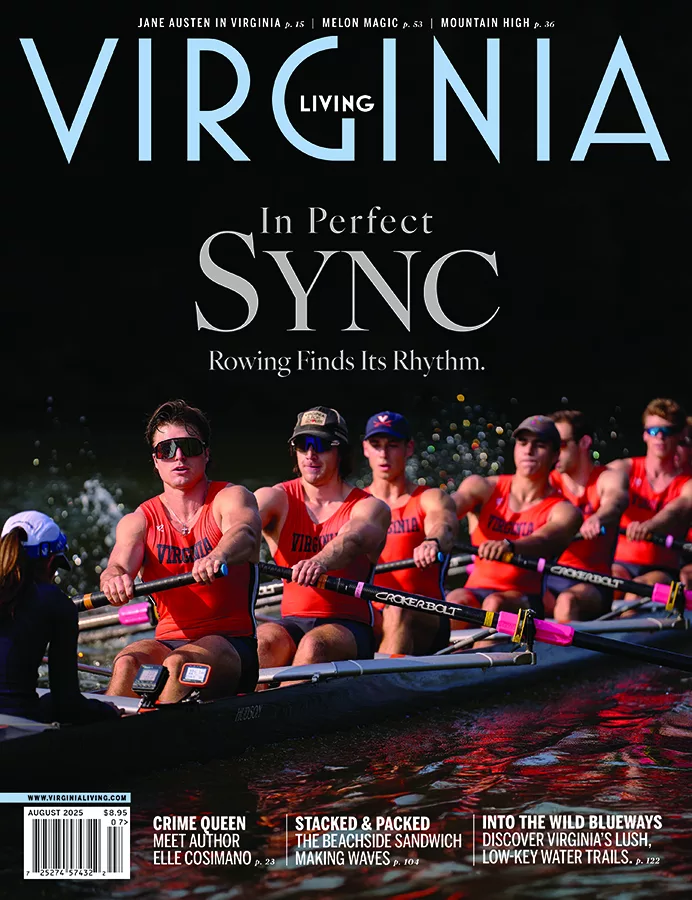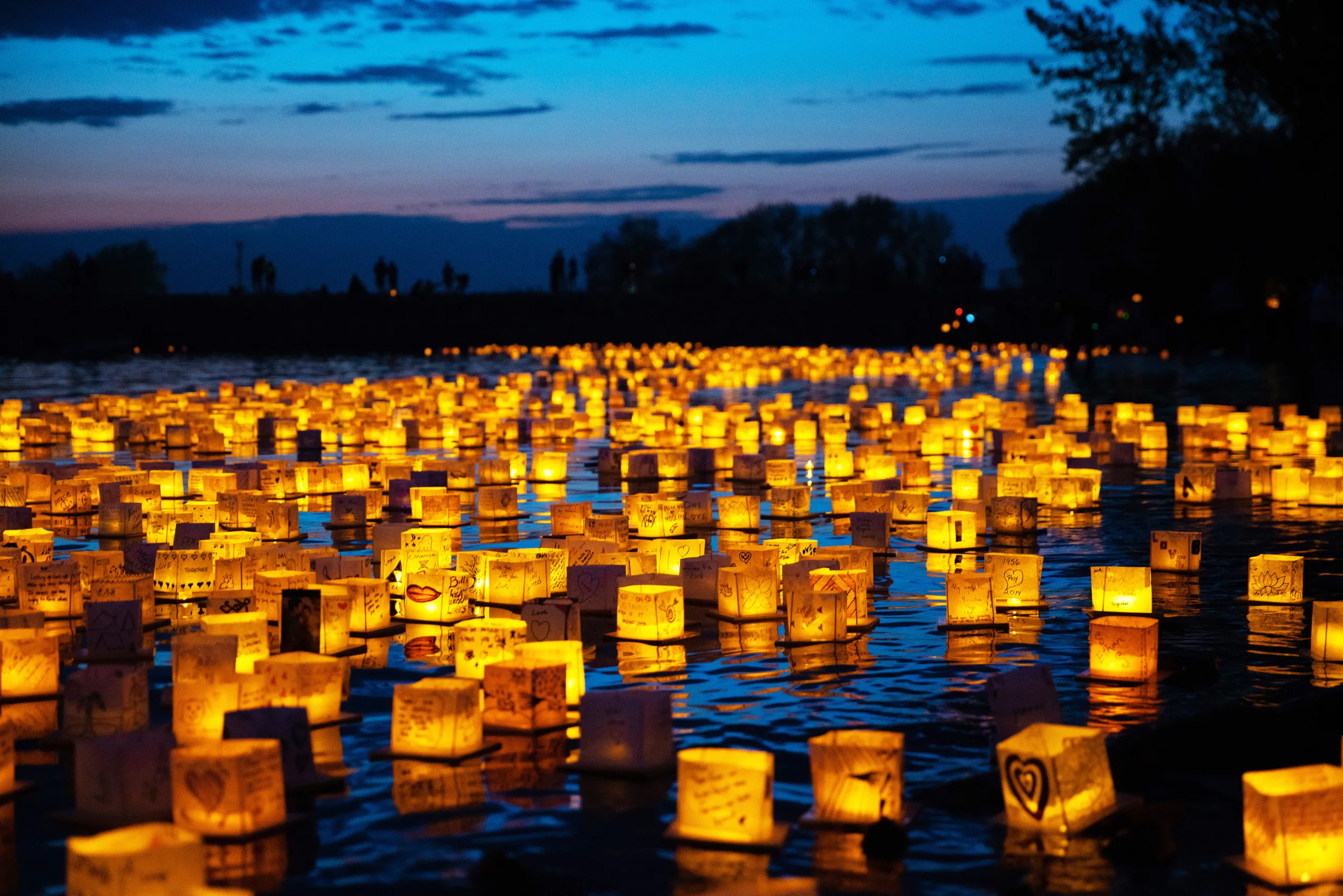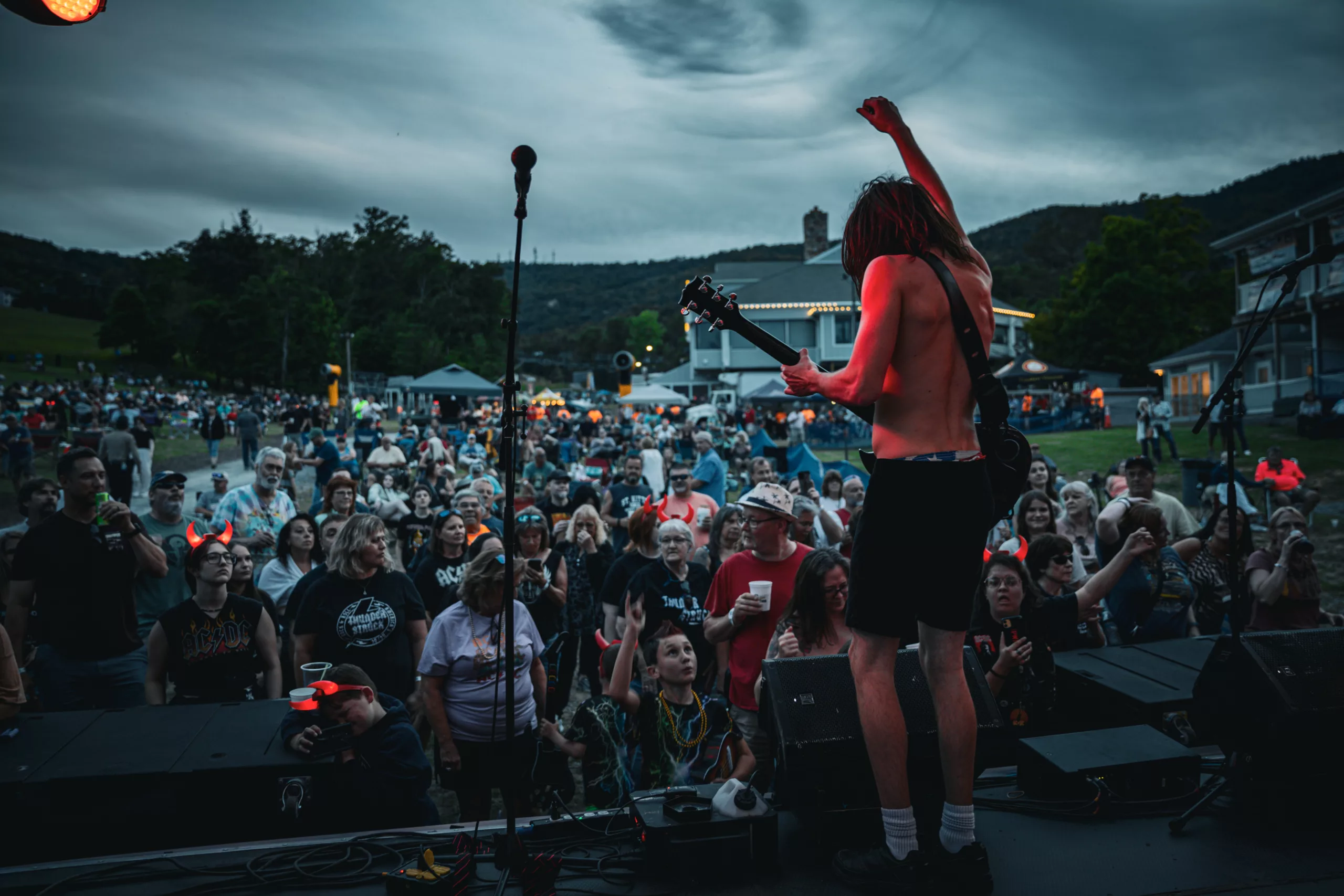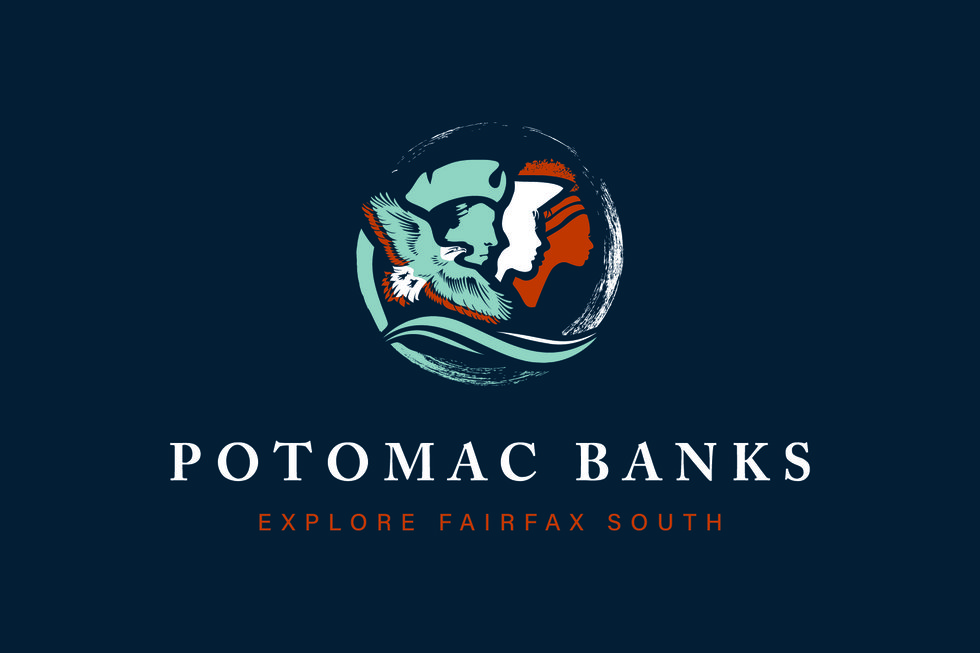Paris’ sassy little sister to the south proves there’s more to this Old World wine city than what’s poured in a glass.

A gathering place day and night, the neoclassical Grand Théâtre on Place de la Comédie is an architectural gem.
Photo by David Lansing

A rare quiet moment at the popular Le Petit Commerce in Bordeaux’s historic Saint Pierre district.
Photo by David Lansing

The Water Mirror invites all ages to dip their feet in and dance.
Photo by Kimberley Lovato

Bordeaux’s young at heart enjoy a day outside near La Porte Cailhau.
Photo by Kimberley Lovato

Joie de vivre is found in the places and faces of Bordeaux.
Photo by David Lansing

Both an auto garage and an art space, Le Garage Moderne in the city’s Bacalan district shows off Bordeaux’s cool side.
Photo by Ludovic Maisant

The Pont de Pierre, commissioned by Napoleon and completed in 1822, spans the Garonne River.
Photo courtesy of Bordeaux-Tourisme.com

Bordeaux’s main shopping street, Rue Sainte-Catherine, is nearly a mile long.
Photo by Kimberley Lovato
On an early Sunday morning in the streets of Bordeaux’s narrow Old Town it was quiet, and there was little sign that eyes would be opening any time soon.
The sound of my heels on the cobblestones bounced off stone walls and closed doors, unaccompanied for several minutes until eventually the crescendo of empty bottles landing on more empty bottles ruptured the rhythm—the cymbals to my solo morning symphony. The source was a shoebox-sized wine bar, one of dozens in the Saint Pierre quarter of the city where a t-shirt clad man in flip-flops cleared tables by tossing bottles into a nearby bin. On a tray balanced on his open palm, he placed a stubby glass tumbler still embossed with the red lipstick of a last call.
When I entered his periphery he uttered a hasty, “Bonjour.”
“Looks like it was a good party,” I said, nodding toward his bottle collection.
“Just life,” he shrugged, continuing his chores.
He didn’t catch my attempt at humor, but I understood his message.
Bordeaux is a wine city after all, the name itself synonymous with grand crus, illustrious family chateaux and venerated elixirs, bottles of which can sell for the cost of a brand new Lamborghini. Wine has played a central role in the city’s history since the ancient Romans first introduced the tipple to their new subjects, establishing the first winery around 40 A.D. And wine continues to fuel the city’s prosperity today as the capital of Aquitaine and the largest wine-growing region of France, where an estimated 960 million bottles are produced each year.
Maybe wine is “just life” when you live and work in Bordeaux. But as I continued toward the river and Place de la Bourse on my last morning there, it occurred to me that during the previous four days I hadn’t once set foot inside a wine bar or visited a nearby vineyard. Not because I didn’t enjoy a quaff of what many would agree is the world’s best grape juice, but because this Old World wine capital had transformed, in the 20 years since I’d first visited, into one of France’s most cosmopolitan cities—and wooed me from the moment I arrived.
It turned out there was much more to Bordeaux than what’s poured into a glass.
Sleeping Beauty
When I arrived in Bordeaux for the first time in the early 1990s, the word that came to mind was “soot.” Grime coated the graceful bones and elegant edifices of the city so thickly I could have scrawled my name on the stone walls with my index finger.
Deserted flowerboxes hung in front of shuttered windows, and the absence of people—walking, biking, in the cafés—was unmistakable, as if I’d stumbled into a dream sequence where I was the only one not let in on the secret: that Bordeaux had fallen into a deep slumber. It was only the elaborate cornices and sculpted doorknockers, and the scale of the grand buildings that led me to suspect that, at one time, Bordeaux had been a prosperous city, and quite a looker, too. Both were true.
With the marriage of Eleanor of Aquitaine to Henry Plantagenet, who would become King Henry II in 1154, Bordeaux fell under the English crown, a chess move that increased the region’s power, population and influence via the exchange of wine, goods and ideas for several centuries.
Another golden era for Bordeaux blossomed during the 18th century when it became a vital port for international sea trade, one of the busiest in Europe. It was during this time that many of Bordeaux’s classical and neoclassical buildings were constructed, including the stunning Grande Thèâtre, inaugurated in 1780 and now home to the city’s opera and ballet companies and visiting orchestras and performing artists. Also built was Place Royal, now Place de la Bourse, facing the Garonne River.
The 19th and 20th centuries heralded more shipyards and industry, including aircraft and space, pharmaceutical and petrochemical, turning the riverfront into a bleak and unattractive industrial enclave. Having just come from Paris, where monuments and churches line the Seine and extol the glory and history of France, I was aghast when I first saw Bordeaux’s riverfront, where rusty cranes and dilapidated wooden docks clung to the edges of the lifeless city like barnacles on a neglected ship. Before I arrived, I’d been inspired to visit by Bordeaux’s nickname: Port of the Moon, so called for its placement on the crescent-shaped bend in the river. It didn’t come close to living up to the enchanting moniker.
Rather, Bordeaux felt more like a crossroads city, the kind you pass through on the way to somewhere else.
Signs pointed west and south to pretty coastal towns like Arcachon, Biarritz and St. Jean-de-Luz, and north and east to famous wine villages like Saint-Émilion, and to regions whose prestigious appellations and labels earned Bordeaux its worldwide wine pedigree.
Whatever the ultimate destination, the idea was to leave, and I did.
Awakening
Just a few years after that first visit Bordeaux was kissed awake in the form of an eventual billion-euro urban renewal project launched in 1996 by then (and current) mayor Alain Juppé.
As part of a citywide facelift, nearly 5,000 buildings were scrubbed to reveal honey-colored sandstone facades. Derelict docks were ripped out and a pedestrian-friendly quay was strung along the edge of the river. An efficient high-tech tram system was also commissioned, all three lines of which were finally opened by 2004, making it easy for locals, tourists and Bordeaux’s large student population to zigzag across the revitalized city whose historic heart was recognized as a Cultural World Heritage Site by UNESCO in June 2007. At 4,472 acres, Bordeaux is the largest urban site on the organization’s list.
The metamorphosis was astonishing.
Walking through Bordeaux 20 years later, it was not the dowdy grande dame I first saw. Though still full of tradition and pedigree, there was also something casual and youthful I hadn’t felt before. More like Paris’ sassy little sister to the south, Bordeaux wore a fresh face and flirtatious flair, showing off trendy new hotels and restaurants as well as innovative galleries and overflowing cafés wedged between gleaming neoclassical buildings and medieval churches. Bikers were everywhere—walkers, rollers and strollers, too—and their palpable energy thrummed through the wide, sunlit boulevards that, at times, looked bathed in gold.
I checked into Mama Shelter, a one-year-young hotel that’s not quite the low-budget backpacker’s pension of my youth, but not at all the posh and pristine Grand Hotel de Bordeaux where I stayed later in the week.
A pervasive drumbeat from the lobby bar lured travelers attached to their laptops and hip locals alike, and though I felt something like a matronly chaperone at times, Mama Shelter had its allure by way of affordable rates, an outdoor roof deck and a helpful, multilingual reception staff.
“Le Tram B is just a few minutes away, and if you follow it you will pass many of Bordeaux’s top touristic sites,” advised a 20-something desk clerk when I asked for a map.
With her felt pen, she put an X on the stops for Saint-André Cathedral, the Grande Théâtre, the Fine Arts Museum and the Place des Quinconces, a tree- and statue-filled square, one of the largest in Europe.
“If you like to shop,” she continued, marking another spot along the tram line, “Go to Rue Sainte-Catherine or to Quai des Marques.”
Rue Sainte-Catherine, a mile long chute between the Place de la Comédie and the Place de La Victoire, was a series of back-to-back international chain stores swarmed by shoppers. I preferred the Quai des Marques, a set of riverfront merchant warehouses in the trendy Chartrons neighborhood transformed into outlet shops and cafés.
In this neighborhood I also came upon CAPC, Bordeaux’s Museum of Contemporary Art, housed in a former customs depot built in 1824 to store coffee, sugar and spices. The cavernous space now exhibits modern artists from the 1960s to present day.
Not far away, the up and coming Bassins à flots and Bacalan districts now house funky live music venues in old hangars and galleries such as Le Garage Moderne, an auto repair shop where you can take in an art exhibit or sip tea amidst restored city buses. The odd silver swirl on Bordeaux’s waterfront is the new La Cité du Vin, open in June. Part museum, part grown-up’s amusement park, this cultural center is dedicated to the history of the world’s various wine cultures, and also features a wine bar, shop, and viewing deck.
As in most of France, when it comes to pleasures of the table Bordeaux delivers with more than 1,000 restaurants seasoning the city. Traditional dishes such as petit gris à la Bordelaises (escargot in Bordelaise sauce) don’t get any better than at cozy mainstays like Le Bouchon Bordelais, but new stars are alighting on Bordeaux’s dining landscape, too.
Gordon Ramsey presides over the menus at Le Pressoir d’Argent and just earned one Michelin star, while Philippe Etchebest (star of a French version of Kitchen Nightmares) opened Quatrieme Mur in September, an à la mode bistro inside the elegant Grand Théâtre. Not to be left out, France’s most decorated chef Joël Robuchon whisked into Bordeaux for the first time last December, opening his eponymous restaurant in the 5-room La Grande Maison hotel and quickly earning two Michelin stars for his hallmark elegant and imaginative French cuisine.
Thanks to its direct link to the Bay of Biscay and Atlantic Ocean, Bordeaux serves some of the best seafood in France. At the recommendation of a friend, I wandered into the packed streets of the St. Pierre neighborhood to try Le Petit Commerce, known for its steady rotation of fresh fish and other seafood. At the Marché des Capucins, called the chef’s market or the belly of the city, I sampled specialties from southwestern France and the Basque region such as sausage spiced with Espelette pepper, Bayonne ham, canalés (a small, local fluted cake) and Rocamadour cheese before doing as the locals do on Saturday morning—slurping down oysters and white wine at one of the numerous seafood stands.
Wine? Yes, there are plenty of temples to the grape, but out of the ordinary was a local beer called Mascaret, which I found at Utopia, an eclectic cinema-café-art space in a former 17th-century church. When I inquired about the whimsical wave drawn on the label the waiter told me the brew was named for le mascaret, a monthly tidal bore that pushes a swell of water from the ocean up the Dordogne and Garonne rivers, bringing stand-up paddle borders, kayakers, swimmers and surfers out in droves to ride the wave.
Bordeaux was nothing if not full of quirks.
New Life
On that last morning I stumbled out of Bordeaux’s narrow Old Town streets onto the Place de la Bourse and darted across the tram tracks to the Miroir d’Eau, the Water Mirror.
This rectangular slab of granite covered with a shallow film of water was designed by the late landscape architect Michel Corajoud and inaugurated in 2006, and is one of the most photographed sites in Bordeaux. When undisturbed, it reflects its surroundings, including the Place de la Bourse and the symmetrical buildings that curve around the square like open arms.
It was pretty to stare at for a few minutes, as one does a still life in a museum.
But I preferred the kinetic scenes of the biker whipping through the center of the pool, sending a tail of water spurting into the air; the dog chasing a tennis ball thrown by his owner; the babies toddling barefoot through the water; and the couple, still dressed for Saturday night, dancing a tango cheek-to-cheek as if no one was watching, sending ripples across the placid tableau.
If You Go
Stay
Intercontinental Bordeaux Le Grand Hotel
Mama Shelter
Yndo Hotel Bordeaux
Eat
Café Utopia
Joël Robuchon’s La Grande Maison
Le Bouchon Bordelais
Le Petit Commerce
+33 (0)5 56 79 76 58
Le Pressoir d’Argent
+33 (0)5 57 30 43 04
Plan
This article originally appeared in our June 2016 issue.








